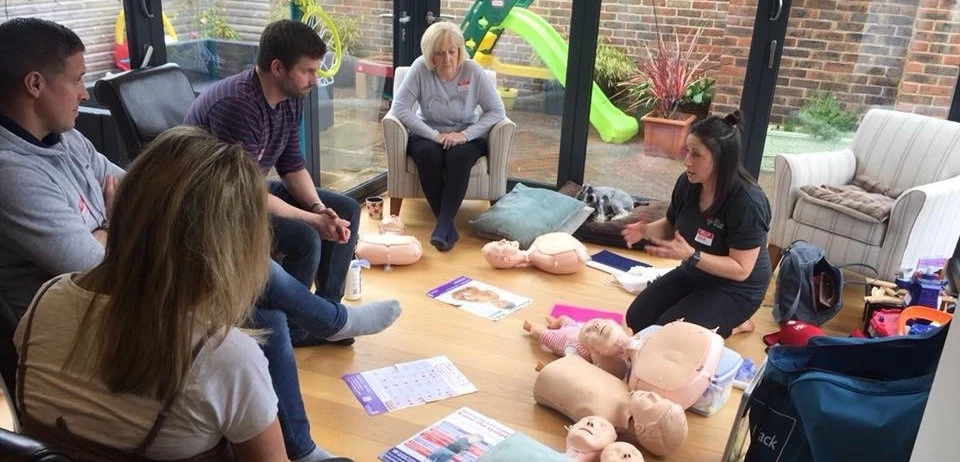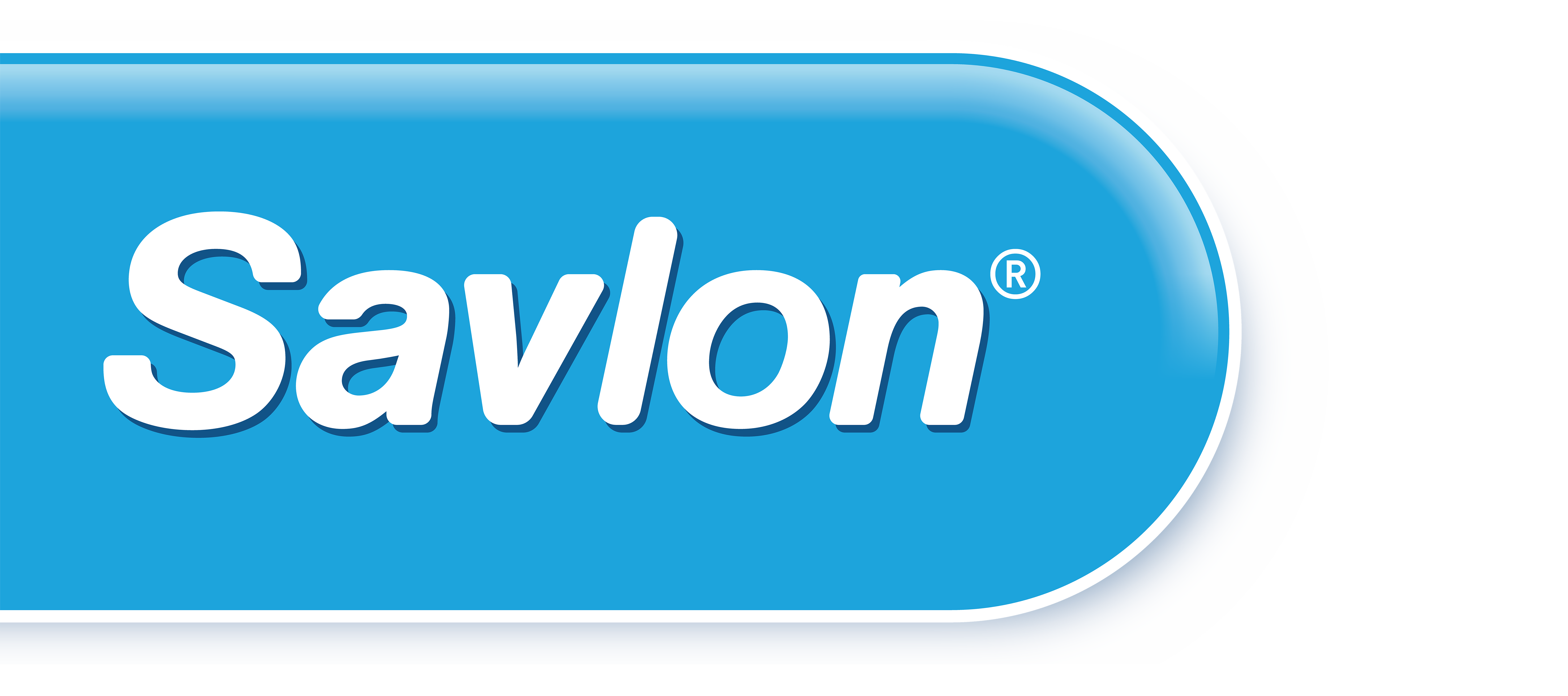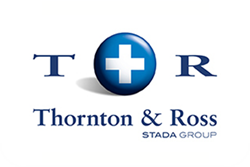It was the second evening of our holiday in Sicily. We’d had a lovely day by the pool with Gino, our little boy who was 16 months old at the time. We were sat watching the evening entertainment when Gino’s body started to feel limp. It quickly became clear that something wasn’t right. In a very British act, we quietly left the open-air arena to avoid disturbing the performance.
Minutes later and it was bedlam. My husband was on the floor trying to cradle Gino and protect his head. Blood was coming from his mouth and his little body shook from what would later be confirmed as a febrile convulsion. We were very grateful for the help and support of a Dutch paramedic and an Italian paediatric consultant who had been watching the show with their families when the alarm was raised. Their kindness and reassurance was hugely appreciated. The ambulance arrived and we were whisked away to the nearest hospital.

My husband later admitted to me that he feared the worst in those moments. He had no idea what was happening and the seemingly panicked behaviour of the strangers first on scene added to his dread. Thankfully Gino has now long-since grown out of the problem, as his body learnt to cope with spikes in temperature, but that memory lives on for both of us.
It was a timely reminder that things can change in a heartbeat when it comes to illnesses and injuries. As part of my job as cabin crew I’ve received medical training on an annual basis, and this incident gave me the impetus to take that knowledge to the next level. On returning from holiday I enrolled on a first aid instructor course and received my teaching qualification shortly afterwards. From there I founded The First Aid Brigade, a business that delivers emergency first aid training in a fun and memorable way.

Roughly six years later and I'm very proud of what I’ve achieved. I’ve trained hundreds of people, usually parents and grandparents, who want to feel more knowledgeable and confident about what to do if faced with a first aid situation. The course content ranges from dealing with cuts and burns to helping somebody who’s choking and even administering CPR. When talking about my business I often raise the simple question, would you know what to do? And that’s at the heart of why people do the course.
Once while on a family holiday to Majorca I saw a commotion at breakfast. It turned out that the grandfather of the family was choking. His family were trying to help but didn’t know what to do. They were saying that he was okay but his face was turning grey and you could see the panic in his and their eyes. I took control of the situation, bent him forward and gave him several firm back slaps. On the third slap a small piece of bacon flew out of his mouth. The relief all round was palpable. My actions were simple but without them things could have escalated quickly and the consequences could have been devastating. I say that in no way boastfully, but rather to illustrate the point that a little knowledge can make a huge difference in certain circumstances.










